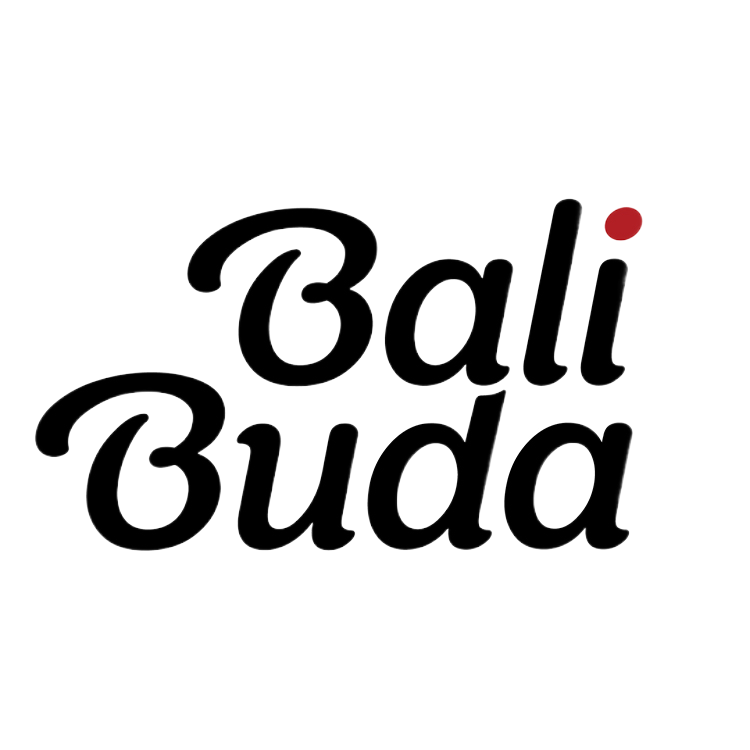Blog
Unveiling the World of Raw Honey
In a world flooded with artificial sweeteners and processed foods, raw honey shines as a natural treasure. Beyond its delectable taste, raw honey offers numerous health benefits and a rich history. However, it’s important to navigate the market carefully, as counterfeit honey is becoming increasingly common. How to know if honey is real honey?
Honey is one of the most commonly mislabeled foods. Last year, Food Safety News found that 75% of store-bought honey was ultra-filtered and did not contain pollen. Without pollen, it is impossible to identify the honey’s source. Even the US FDA has said that any “honey” that no longer contains pollen cannot technically be considered honey.
A third or more of all “honey” in countries like the US was found to have been smuggled in from China or India and tainted with illegal antibiotics and heavy metals. Also, a number of ingredients can be added to “honey”, and even sometimes constitute the main ingredient. These include sucrose syrup, sugar syrup, partial invert cane syrup, corn syrup, glucose syrup, beet sugar and high-fructose corn syrup, as well as artificial sweeteners. Any “honey” that contains these ingredients is therefore not real honey, but a blend.
Some of these ingredients come from GMO sources, such as high fructose corn syrup or are chemically based, such as artificial sweeteners which are really not a health food choice.
So, how to know if honey is real honey? When you are buying honey, look for pure raw honey. Let’s explore the wonders of raw honey, its remarkable benefits, the process of its production, and invaluable tips to ensure you’re getting real, unadulterated honey.
Understanding Raw Honey
Raw honey is the purest form of honey that is extracted directly from beehives. Unlike processed honey, raw honey undergoes minimal filtration and retains its natural enzymes, pollen, vitamins, and minerals. This unprocessed state contributes to its remarkable health benefits.

Benefits of Raw Honey
1. Natural Energy Booster
Raw honey is a rich source of carbohydrates, providing a quick and sustained energy boost. Its natural sugars are easily digestible, making it an excellent choice for athletes or individuals seeking a natural energy source.
2. Immune System Support
The antibacterial and antifungal properties of raw honey can help strengthen the immune system, protecting against common infections, allergies, and seasonal illnesses.
3. Soothing Sore Throats and Coughs
Raw honey acts as a natural cough suppressant and throat reliever. It forms a protective coating in the throat, reducing irritation and promoting faster healing.
4. Nutritional Powerhouse
Raw honey contains a range of essential nutrients, including vitamins B, C, and D, as well as minerals such as iron, calcium, and potassium. These nutrients support overall health and well-being.
The Journey from Hive to Jar
Beekeeping and Harvesting
Beekeepers create a nurturing environment for honeybees to produce honey. They carefully collect honeycombs from beehives, ensuring minimal disturbance to the bees. Beekeepers adopt sustainable practices to maintain the health and vitality of the honeybee colonies.
Extraction and Filtration
The extraction process involves removing the honeycombs from beehives and gently extracting honey using centrifugal force. Minimal filtration techniques, such as straining and settling, are employed to retain the natural goodness of raw honey.

Identifying Real Raw Honey
Now that you know how honey is made and why it is good for you, you are left with a very valid question: how to know if honey is real honey? The market is unfortunately saturated with fake honey. So let’s review a few things you can keep in mind when buying honey.
1. Read the Label
Look for terms like “raw,” “unpasteurized,” and “unfiltered” on honey labels. Genuine raw honey often includes information about its source, including the region or country of origin. At Bali Buda, we are clear of what we sell and use straightforward simple words to describe our products. We are confident in our sourcing and offer. This is why our honey is named “raw honey”.
2. Crystallization
Raw honey tends to crystallize over time, forming a solid or semi-solid texture. This is a natural process and confirms the authenticity of the honey. Simply warm the honey jar in warm water to restore its liquid state.
3. Conduct the Thumb Test
Place a small amount of honey on your thumb and observe. Real raw honey will remain intact and not be easily absorbed into the skin or drip off your finger. If it gets absorbed quickly, it may indicate adulteration.
4. Water Test
When a spoonful of raw honey is added to a glass of water, it should settle at the bottom without dissolving or leaving a trail of cloudy particles. If the honey dissolves or forms a cloudy residue, it may be impure or just “sugar water”.
Bali Buda Raw Honey

You should always buy your honey from a trusted shop! We, at Bali Buda, source our raw honey from a local beekeeper in Sumbawa, an island located East of Bali. It is hand harvested and non-GMO.
Get a jar down below.
Recipe for a Coconut Lime Fizz Cooler

Credits @paleomg.com
Ingredients
- ½ cup fresh squeeze lime juice
- ½ cup thick coconut milk
- 1½ tablespoon raw honey (adjust to sweetness you prefer)
- 1 cup ice
- 1 cup sparkling water
For the rim of the glass
- extra lime juice
- 1 tablespoon coconut sugar
For garnishes
- extra sliced limes
- fresh mint
Instructions
- In a blender, blend together lime juice, coconut milk, honey and ice, until completely smooth.
- Pour in sparkling water into the blender and stir with a spoon.
- Dip the rims of 4 small glasses or champagne flutes into lime juice then into coconut sugar.
- Pour coconut lime fizz into your favorite glasses and garnish with limes and mint.
- Serve immediately!

 Indonesia
Indonesia
